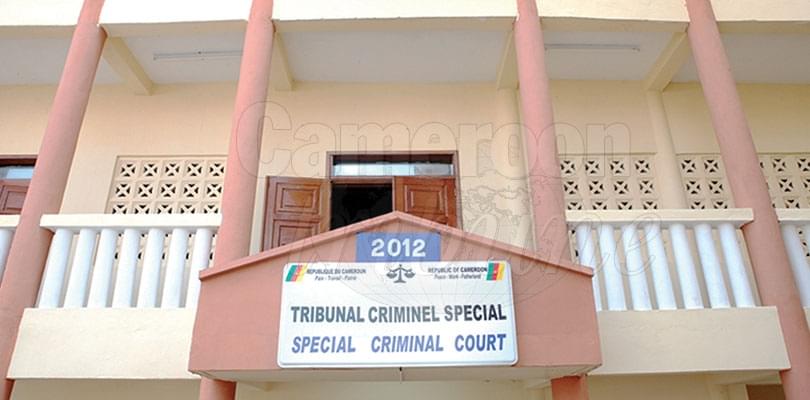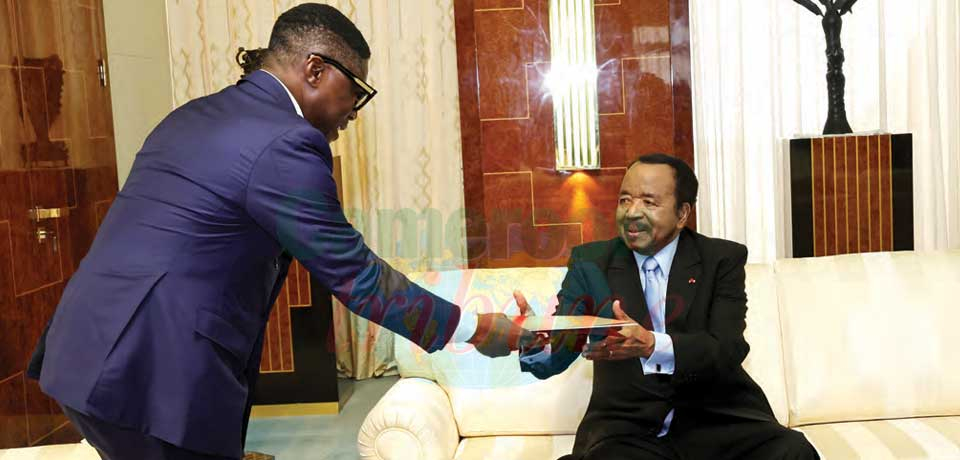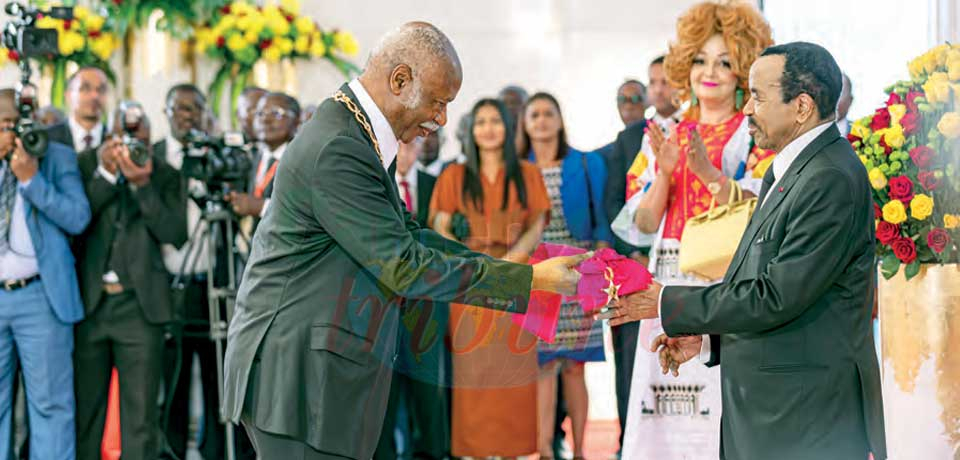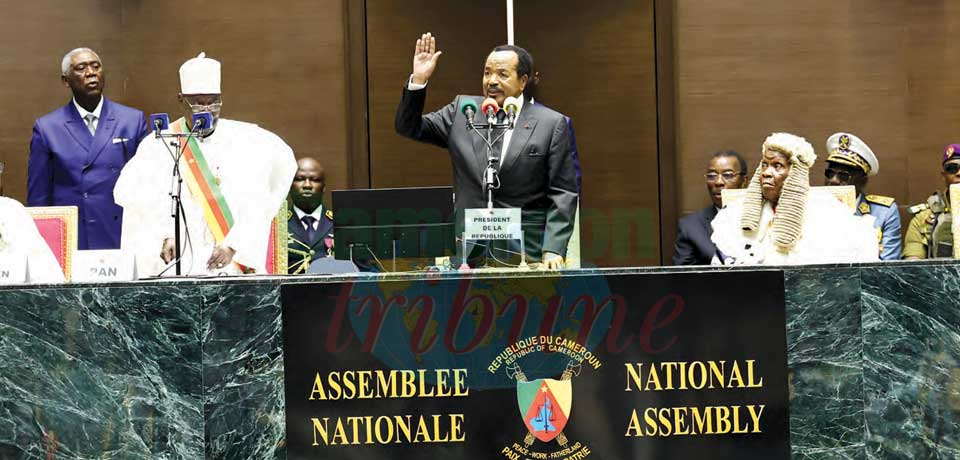Fight Against Corruption: Collective Responsibility
- Par Emmanuel
- 05 Nov 2018 12:10
- 0 Likes

President Paul Biya has been up to the task in tackling embezzlement of state funs but citizens need to be more involved.
Seven years in the life of a nation may be a short time to meet all the challenges of under development. Judging from grounds covered so far in the crusade for public probity and good governance, it is evident that the next Presidential mandate will witness an intensified battle against the canker worm of corruption. The fight against corruption remains one of the challenges of the next seven years, given that the multi headed hydra appears to be resisting the concerted and accelerated plan to eradicate it.
The labyrinthine network of rogues of the white collar bracket have been under fire for quite some time now. Some high profile cases currently serving long jail sentences are a screaming barometer of the determination of President Paul Biya to leave no turn unstonned in this noble crusade. In the ongoing fight against corruption, malfeasance and embezzlement of public funds, the judiciary has been trimmed to take the frontline.
As the protectors of the corporate will and the collective conscience of a people, Magistrates have been arrows in the New Deal bow determined to erase the corruption gangrene. A lot has been done in ploughing back into the public treasury the massive loot by white collar gangsters. The judicial sledgehammer has been used to eradicate the aura of impunity that remains a challenge to the national resolve to evenly spread the fruits of economic growth.
Other partners in the long drawn battle against corruption are the National Anti-corruption Commission (CONAC), the National Agency for Financial Investigation, the Audit Bench of the Supreme Court, the Supreme State Audit office and several regulatory boards. The most visible of these array of corruption fighting organs, is the National Anti-Corruption Commission. Its uniqueness stems from the mandate to prepare and present annual reports on the state of the fight against corruption in Cameroon.
By identifying the causes of corruption and proposing to the relevant authorities measures leading to its eradication in all aspects of national life, CONAC emerges as the flagship instrument to eradicate the gangrene. The structure has a cocktail of practical pedagogic and dissuasive tactics that permeate all folds of national life.
By gathering, centralising and analysing denunciations and information forwarded to it in respect of corrupt practices, CONAC has the appropriate databank to investigate and propose measures aimed at forestalling corruption.
Among all outfits in governments arsenal, CONAC takes the pedagogic frontline by disseminating and popularising anti-corruption paraphernalia, in harmony with varying cultures, environments and the spirit of the age. Although the fight against corruption in the past decades is gradually being inscr...
Cet article complet est réservé aux abonnés
Déjà abonné ? Identifiez-vous >
Accédez en illimité à Cameroon Tribune Digital à partir de 26250 FCFA
Je M'abonne1 minute suffit pour vous abonner à Cameroon Tribune Digital !
- Votre numéro spécial cameroon-tribune en version numérique
- Des encarts
- Des appels d'offres exclusives
- D'avant-première (accès 24h avant la publication)
- Des éditions consultables sur tous supports (smartphone, tablettes, PC)














Commentaires